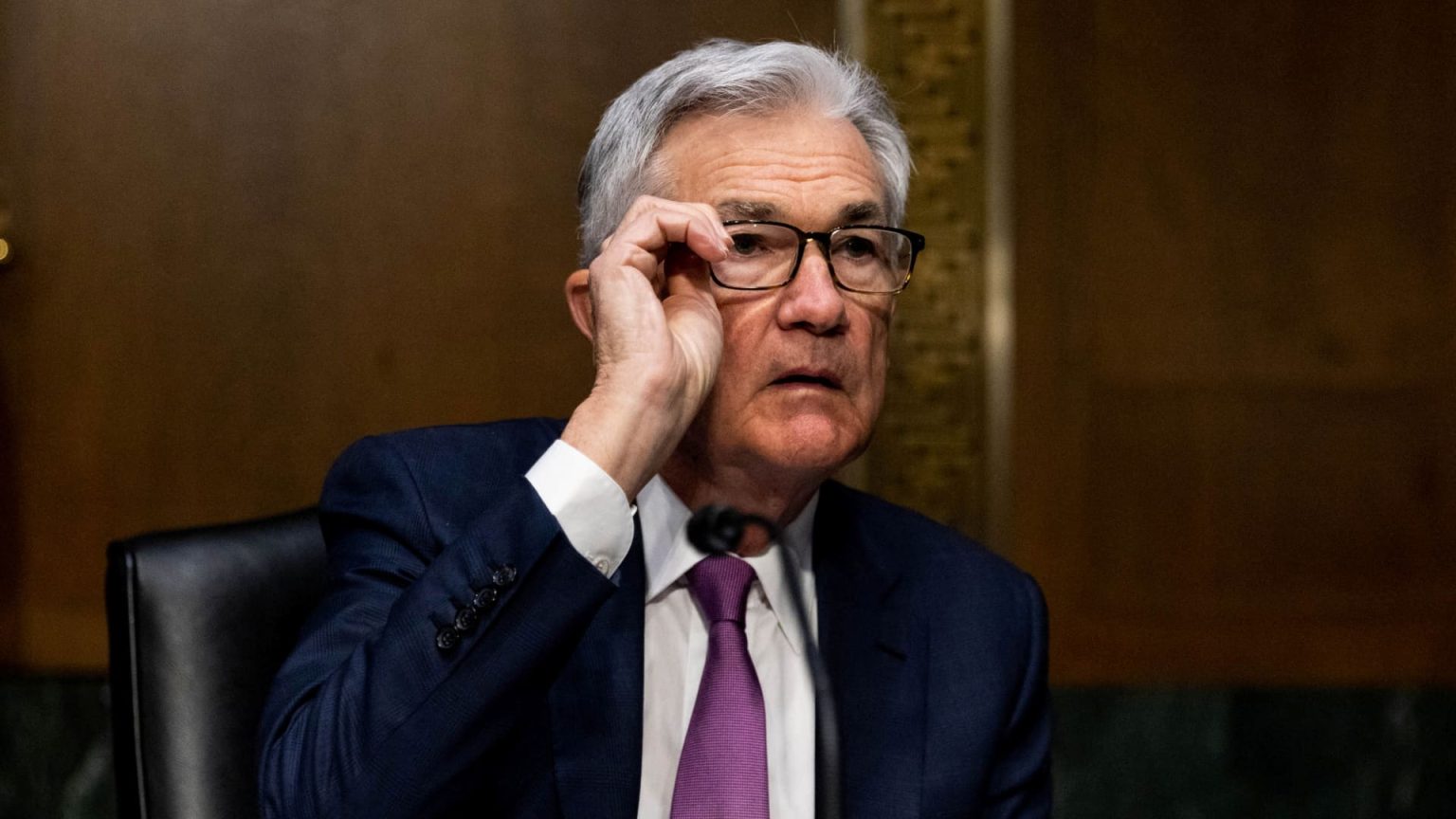The Federal Reserve is facing the decision of whether or not to implement interest rate cuts in the near future. Recent data, including a strong jobs report and higher than expected annual inflation rate, has led some economists to believe that a rate cut in the summer is becoming less likely. Minneapolis Fed President Neel Kashkari even stated that no rate cuts at all this year could be a possible scenario if inflation remains steady. Market participants have also raised the possibility that there may be no rate cuts this year, causing uncertainty in the market.
Due to the strong economy backed by debt and credit card usage, Chief Economist George Lagarias believes that the Fed will struggle to find a reason to cut rates soon. Market pricing now reflects this uncertainty, with probabilities of rate cuts in June and July dropping below 50% according to CME’s FedWatch tool. Lagarias suggests that the Fed is hesitant to cut rates too soon after previous miscalculations, leading them to wait for more data before making a decision on rate cuts.
Despite the speculation that there may be no interest rate cuts this year, economists remain divided on the issue. Some, like Torsten Slok and Vanguard, believe that the strong U.S. economy does not warrant rate cuts, while others, such as former Federal Reserve Vice Chairman Roger Ferguson, see a small chance of no cuts this year. On the other hand, some analysts and economists are still supporting the Federal Reserve’s own signaling that three quarter-percentage-point cuts are expected this year. Overall, there is uncertainty in the market regarding whether or not the Fed will proceed with rate cuts.
Goldman Sachs Chief Economist Jan Hatzius believes that rate cuts are likely this year based on growth and inflation forecasts. He expects rate cuts to occur depending on near-term data and the reaction function from the Fed. While some economists are skeptical about the possibility of no rate cuts this year, there is ongoing debate on the matter. The Fed is being cautious and waiting for more data before making any decisions on rate cuts, reflecting the uncertainty and complexities of the current economic situation.


